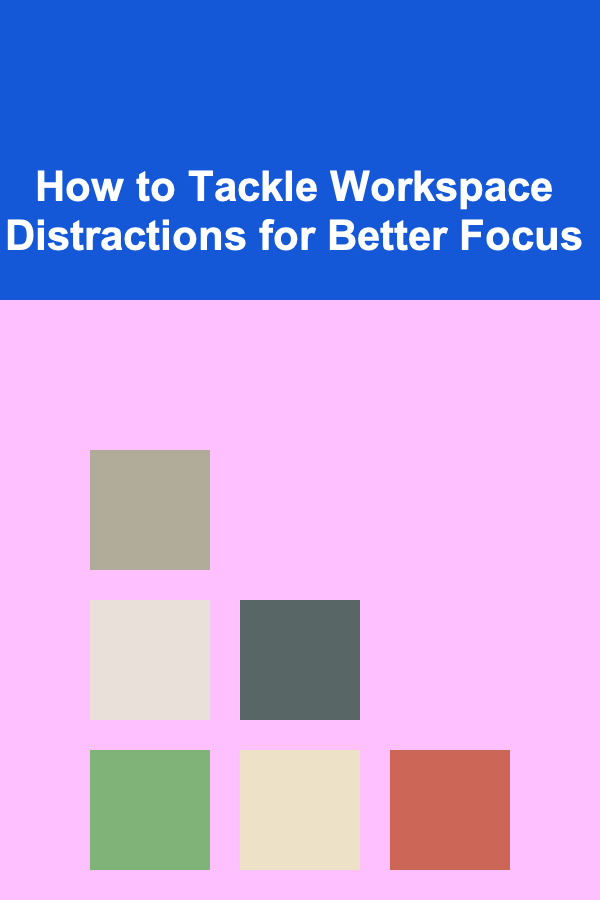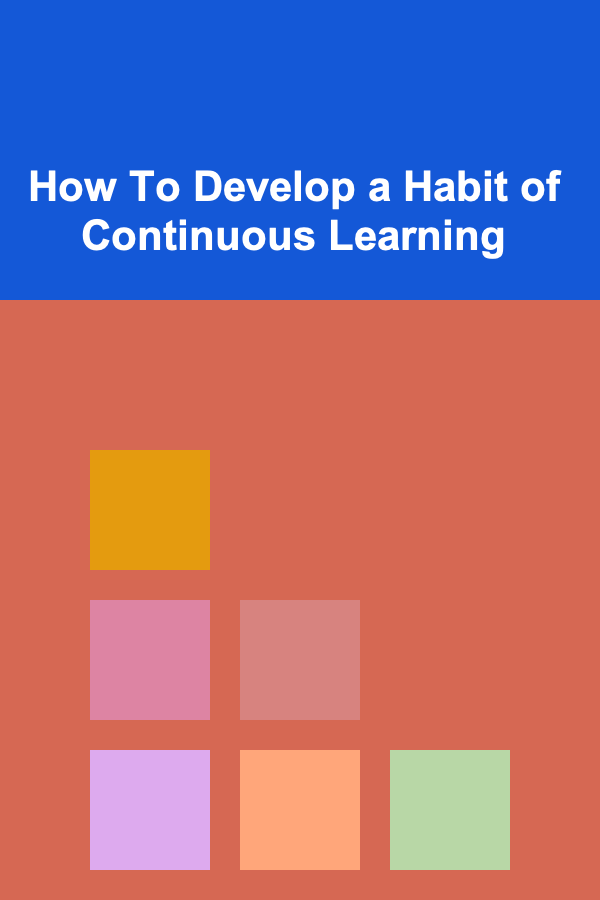
10 Tips for Yoga Meditation for Beginners with Anxiety
ebook include PDF & Audio bundle (Micro Guide)
$12.99$5.99
Limited Time Offer! Order within the next:

Yoga and meditation have long been regarded as powerful tools for improving mental and physical well-being. While they offer numerous benefits, they can be especially helpful for those experiencing anxiety. Anxiety can manifest in various ways, affecting our thoughts, emotions, and even our bodies. One of the most effective ways to cope with anxiety is by practicing yoga and meditation, as these practices can help calm the nervous system, increase mindfulness, and improve overall emotional resilience.
For beginners, however, getting started can be intimidating, especially if you're unfamiliar with the concepts or unsure of how to properly integrate these practices into your life. If you suffer from anxiety, you may feel like you're constantly caught in a cycle of racing thoughts or overwhelming emotions, and taking the first step toward mindfulness can feel daunting. Fortunately, yoga and meditation are flexible and can be adjusted to suit your needs, making them accessible even for those just beginning their journey toward self-care and healing.
This article provides 10 essential tips to help you start yoga and meditation practices designed specifically for beginners with anxiety. By implementing these strategies, you can start cultivating a sense of calm, grounding, and relaxation.
Start Slow and Set Realistic Expectations
When you're new to yoga or meditation, it's important not to overwhelm yourself. Anxiety can already make you feel like you're running on overdrive, so adding more pressure by trying to "do it all perfectly" can actually be counterproductive.
Instead of diving headfirst into long, intense sessions, begin with shorter practices. Aim for five to ten minutes of yoga or meditation daily, and gradually build your stamina and confidence over time. Setting realistic expectations will help you avoid frustration and reduce the anxiety that can sometimes arise from wanting to "get it right."
Tip:
- Begin with short sessions of 5 to 10 minutes. As you feel more comfortable, increase the duration gradually. Starting slow helps you focus on quality over quantity.
Practice Deep Breathing to Calm Your Nervous System
Breathing exercises are a cornerstone of both yoga and meditation, and they can be especially helpful for calming the nervous system when anxiety arises. In fact, one of the most effective ways to reduce anxiety is through conscious breathing. Deep, slow breaths activate the parasympathetic nervous system, which helps you relax and return to a state of calm.
During your yoga sessions, take time to focus on your breath. Deep breathing, such as diaphragmatic breathing (breathing deeply into your belly), can significantly reduce anxiety. When meditating, use breathing techniques like box breathing or 4-7-8 breathing, which can help center your mind and bring your focus back to the present moment.
Tip:
- Try 4-7-8 breathing: inhale for 4 seconds, hold for 7 seconds, and exhale slowly for 8 seconds. Repeat this cycle a few times to calm both your mind and body.
Find a Comfortable Space
When practicing yoga or meditation for anxiety relief, the environment is crucial. Find a quiet, peaceful space where you feel comfortable and can focus without distractions. The place should be free from loud noises, interruptions, and other potential stressors that could make it more difficult to concentrate.
Creating a designated spot for your practice not only helps you mentally prepare for the session but also signals to your brain that this is a space for relaxation and mindfulness. Consider adding elements like soft lighting, candles, or calming music to enhance the atmosphere.
Tip:
- Designate a corner in your home for yoga and meditation. This space should be comfortable, quiet, and free of distractions to help you focus.
Focus on Gentle, Restorative Yoga Poses
While there are many different styles of yoga, some are more suited to those with anxiety. Restorative yoga, for instance, is a gentle practice that focuses on relaxation, breathwork, and stress relief. It uses props like blankets, bolsters, and cushions to support the body, allowing you to hold poses for longer periods in a comfortable and restful manner.
Some poses that can be especially helpful for beginners with anxiety include:
- Child's Pose (Balasana): A calming, restorative pose that helps release tension in the back and shoulders.
- Legs Up the Wall Pose (Viparita Karani): This inversion pose can help reduce stress and anxiety by stimulating the parasympathetic nervous system.
- Reclining Bound Angle Pose (Supta Baddha Konasana): A gentle, open stretch for the hips and chest that promotes deep relaxation.
Focus on slow, deep breathing during these poses to enhance the calming effects.
Tip:
- Start with Child's Pose to ground yourself and focus on your breath. Use props to support your body and stay in the poses for longer periods to enhance relaxation.
Use Guided Meditations
Meditation can be difficult for beginners, especially when anxiety leads to racing thoughts or restlessness. Guided meditation can provide much-needed structure and support as you begin your practice. Many apps and websites offer free guided meditations specifically designed to address anxiety, such as body scans, loving-kindness meditations, or mindfulness practices.
By following a guided meditation, you can focus on the narrator's instructions and reduce the tendency to become overwhelmed by your own thoughts. Over time, this can help you learn how to meditate independently and develop a more focused, calm mind.
Tip:
- Use apps like Headspace or Calm, which offer meditation sessions specifically for anxiety. Find a session that resonates with you and stick to it for a week or two.
Practice Mindfulness and Be Present
Anxiety often stems from worrying about the future or ruminating on the past. One of the most beneficial aspects of yoga and meditation is their ability to bring you into the present moment. Mindfulness teaches you to focus on what's happening right now, which can alleviate the tendency to spiral into anxious thoughts.
When you're practicing yoga, focus your attention on how your body feels in each pose and how your breath moves. Similarly, during meditation, gently bring your awareness back to your breath whenever your mind starts to wander.
Tip:
- Practice body scan meditation, where you mentally scan each part of your body and bring attention to any areas of tension. This will help you stay present and grounded in your practice.
Embrace Compassion and Non-Judgment
It's easy to become frustrated when things don't go as planned, especially when anxiety is already making things difficult. However, one of the key principles of both yoga and meditation is self-compassion. Avoid being overly critical of yourself, whether in your physical yoga practice or in your meditation.
If your mind wanders, gently bring it back without judgment. If you feel like you're not "doing it right," remember that yoga and meditation are personal practices, and there is no "perfect" way to do them.
Tip:
- When negative thoughts arise, gently remind yourself that it's okay to not be perfect. Cultivate self-compassion by speaking to yourself kindly, as you would to a friend.
Incorporate Affirmations and Mantras
Affirmations and mantras are powerful tools for quieting the mind and shifting your mindset. These positive statements or phrases can be repeated during meditation or yoga practice to help replace anxious thoughts with calm, focused energy. For example, you might repeat the phrase "I am calm" or "This too shall pass" during your sessions.
Mantras can help anchor your attention during meditation, and affirmations can remind you of your inner strength during times of anxiety.
Tip:
- Choose an affirmation that resonates with you, such as "I am at peace with myself" or "I am grounded and calm." Repeat it during your yoga or meditation practice to center your thoughts.
Be Consistent
Consistency is key when it comes to yoga and meditation. Although you may not feel immediate relief from anxiety, regular practice will build up over time and help rewire your nervous system. Even if you only practice for a few minutes each day, consistency will help you develop a deeper sense of mindfulness and calm.
Aim to make yoga and meditation a daily habit, and over time, you will begin to notice the benefits in terms of reduced anxiety, improved emotional regulation, and a more peaceful state of mind.
Tip:
- Set a specific time each day for yoga or meditation, such as in the morning before you start your day or before bed. Consistent practice will help you build a calming routine.
Seek Professional Guidance if Needed
While yoga and meditation can be incredibly helpful for managing anxiety, it's important to recognize when you may need additional support. If you find that your anxiety persists or worsens, consider seeking guidance from a professional, such as a therapist or a certified yoga instructor with experience in mental health.
Yoga therapy and meditation coaching can offer personalized guidance and techniques specifically tailored to your needs.
Tip:
- If anxiety becomes overwhelming, consider reaching out to a therapist or yoga therapist who specializes in mental health to guide you through your practice.
Conclusion
Yoga and meditation can be transformative practices for beginners dealing with anxiety. By focusing on slow, mindful movements, calming breathwork, and present-moment awareness, you can create a strong foundation for managing stress and building emotional resilience. Remember, the journey is personal and unique---take it one step at a time, and allow yourself the grace to grow at your own pace.
By incorporating these 10 tips into your practice, you can begin to cultivate a sense of calm, peace, and mindfulness in your life, helping you manage anxiety more effectively and with greater self-awareness.
Reading More From Our Other Websites
- [Organization Tip 101] How to Plan a Charity Auction for Fundraising
- [Home Holiday Decoration 101] How to Incorporate Vintage Holiday Decorations into Modern Spaces
- [Home Renovating 101] How to Renovate a Bathroom Without Gutting It
- [Paragliding Tip 101] Best Paragliding Training Programs: Finding Certified Schools and Developing Your Flying Skills
- [Home Maintenance 101] How to Create a Year-Round Home Maintenance Schedule
- [Organization Tip 101] How to Organize Photos for a Special Tribute Album
- [Personal Finance Management 101] How to Avoid Common Financial Pitfalls in Your 20s
- [Personal Investment 101] How to Use Deep Learning for Passive Income in the Gig Economy
- [Home Maintenance 101] How to Clean and Maintain Your Home's Fireplace for Safe Use
- [Organization Tip 101] How to Use Digital Tools for Organizing Study Materials

How to Check and Maintain Your Home's Roof Flashing
Read More
How to Evaluate and Choose the Best Life Insurance Policy
Read More
How to Soundproof a Ceiling to Prevent Noise from Upstairs
Read More
How to Tackle Workspace Distractions for Better Focus
Read More
Mastering Operations Research: Strategies for Effective Decision Making
Read More
How To Develop a Habit of Continuous Learning
Read MoreOther Products

How to Check and Maintain Your Home's Roof Flashing
Read More
How to Evaluate and Choose the Best Life Insurance Policy
Read More
How to Soundproof a Ceiling to Prevent Noise from Upstairs
Read More
How to Tackle Workspace Distractions for Better Focus
Read More
Mastering Operations Research: Strategies for Effective Decision Making
Read More